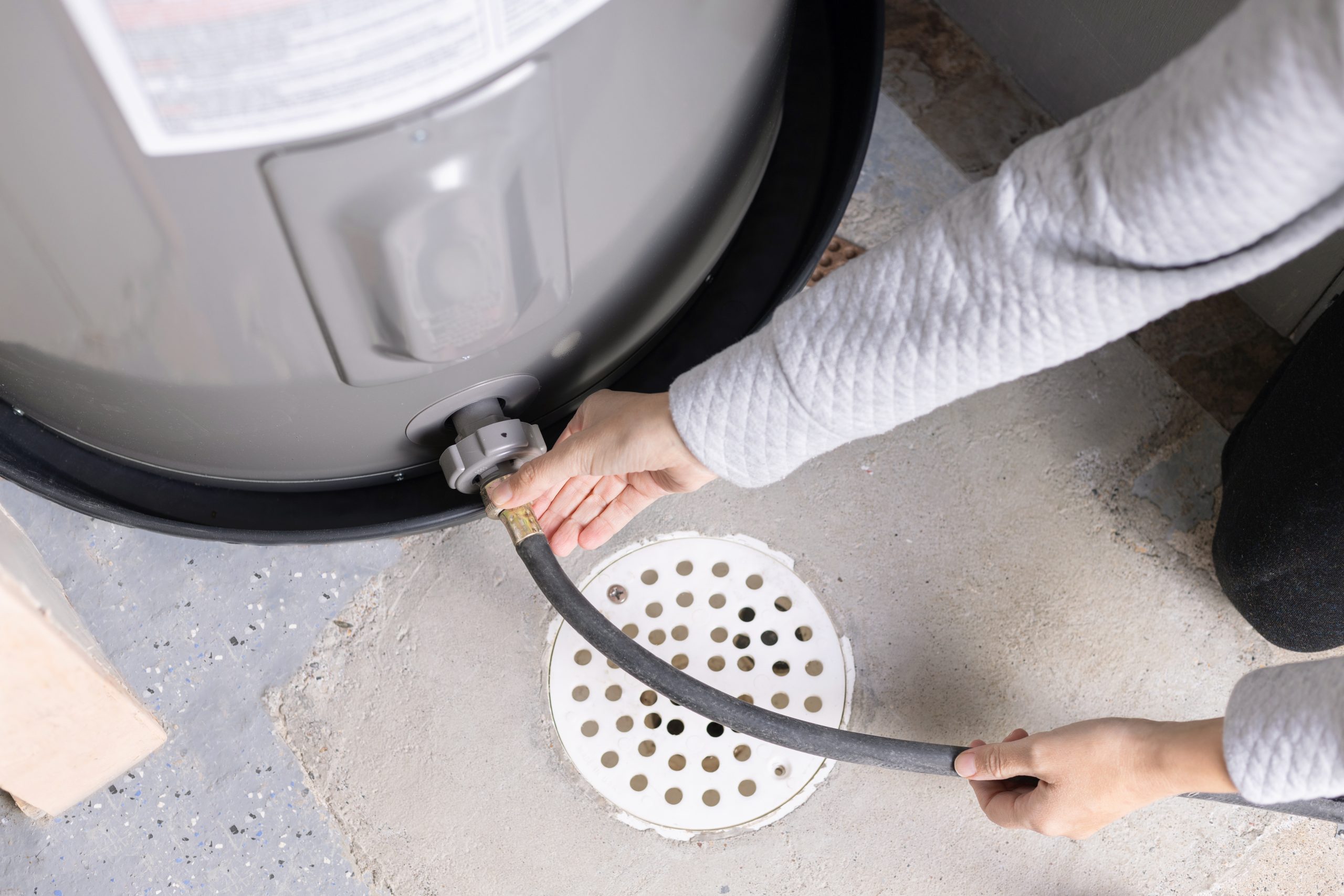Tanked Water Heater Flush: To Flush or Not to Flush?

The Argument for Flushing Your Tanked Heater
It is easy to forget about your lowly water heater found in all our homes. It does its job tirelessly and effortlessly, providing us with hot water for all our daily needs without us giving it a second thought. This sometimes results in us missing a very important and crucial aspect of water heater maintenance: its annual flushing.
What are the Benefits?
There are several reasons why you should flush your water heater at least once annually.
- For many manufacturers this is a required maintenance item to keep your warranty.
- Proper maintenance can increase the lifespan of your water heater and reduce repair costs as the unit ages.
- It can help improve your water quality as sediment and other deposits don't find their way into your taps and pipes.
- Flushing regularly will also help your tank stay energy efficient by reducing the amount of build up around your heating elements.
What happens if I don't flush it?
As we've already discussed, there are several potential problems that may arise from not properly maintaining your water heater. Depending on the quality of your water supply you could potentially end up with a large amount of sediment building up over time. This could result in loss of efficiency and reduced lifespan of your unit. In more extreme cases, a neglected water heater could even cause leakage that has the potential to damage your home.
Is There Any Scenario Where it May Be Better Not to Flush?
Yes, if you have a water heater that hasn't been flushed in many years, there is a chance that flushing it now could cause some issues.
- You could have significant calcium and sediment pieces at the bottom of the tank that could get lodged in the drain valve or pressure release valve making them inoperable.
- Sediment could also end up getting into your homes piping causing blockages.
If you are unsure of the age or condition of your tank it is highly recommended you contact a professional plumber before proceeding.
Is it Hard to Do?
In most cases this is something that the average homeowner should be able to accomplish with the right knowledge and preparation. Below is a list of a few considerations to make before beginning.
- You will need a garden hose and a drain valve connector if your water heater requires it although most units use a standard hose connector.
- Some towels or a wet vacuum to take care of any accidental spills.
Safety Considerations
- During a tanked water heater flush process, you will be dealing with hot water with the potential to injure you or any plants and animals around the discharge site.
- If possible, shut your water heater off and allow it to cool before you flush it.
Have Questions?
If you're considering a tanked water heater flush, our team offers free assessments. This means we'll come out and take a look at your water heater at no cost. We'll help determine if it is in a good condition to have its tank flushed, and we'll provide a free estimate for this service as well.